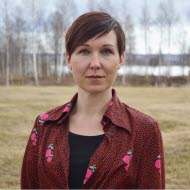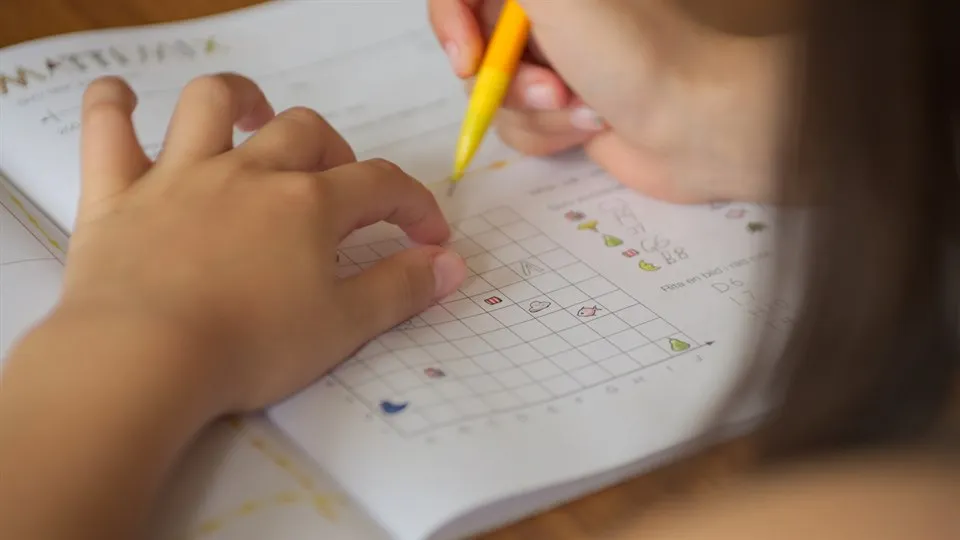Functional teaching materials i mathematics: How the interplay between different semiotic resources can support students' learning of mathematical concepts
The purpose of this project is to clarify how the design of teaching materials, regarding the interaction between different modes, such as language, symbols, images and animations, can support students' learning of mathematical concepts.
There are two main research questions in the project:
1) What different types of interactions between modes are used in mathematics teaching materials in primary school and what potential do these interactions have to clarify central properties of mathematical concepts?
2) What effects do different types of interactions between modes have on students' interpretation of teaching materials and their understanding of mathematical concepts?
The project is carried out on the basis of design-research-methodology where a concrete tool is created that constitutes a support for teachers to use when teaching materials are examined, selected or created, and used. The project is made up of two main parts. In the first main part, analyses of teaching materials and experimental situations are carried out when students handle different types of teaching materials. In this part, preliminary design principles and a first version of the concrete tool are created. In the second main part, an iterative design-process is carried out where the design principles are refined and the tool is tested and developed in teaching situations.
This project can add important knowledge about two very central parts of mathematics teaching. First, students' work with teaching materials is very common in the subject of mathematics. Despite this, we do not know much about how this situation can be optimized for students' learning. Second, the use of different modes is a central feature in the subject of mathematics and in mathematics teaching materials, especially for primary school students. Previous research has shown the complexity of this, but it is unclear how this interaction between different modes can be designed to support students' learning.
Facts
Project period
210101-241231
Partners
Subjects
Research groups
Project leader

Project members




